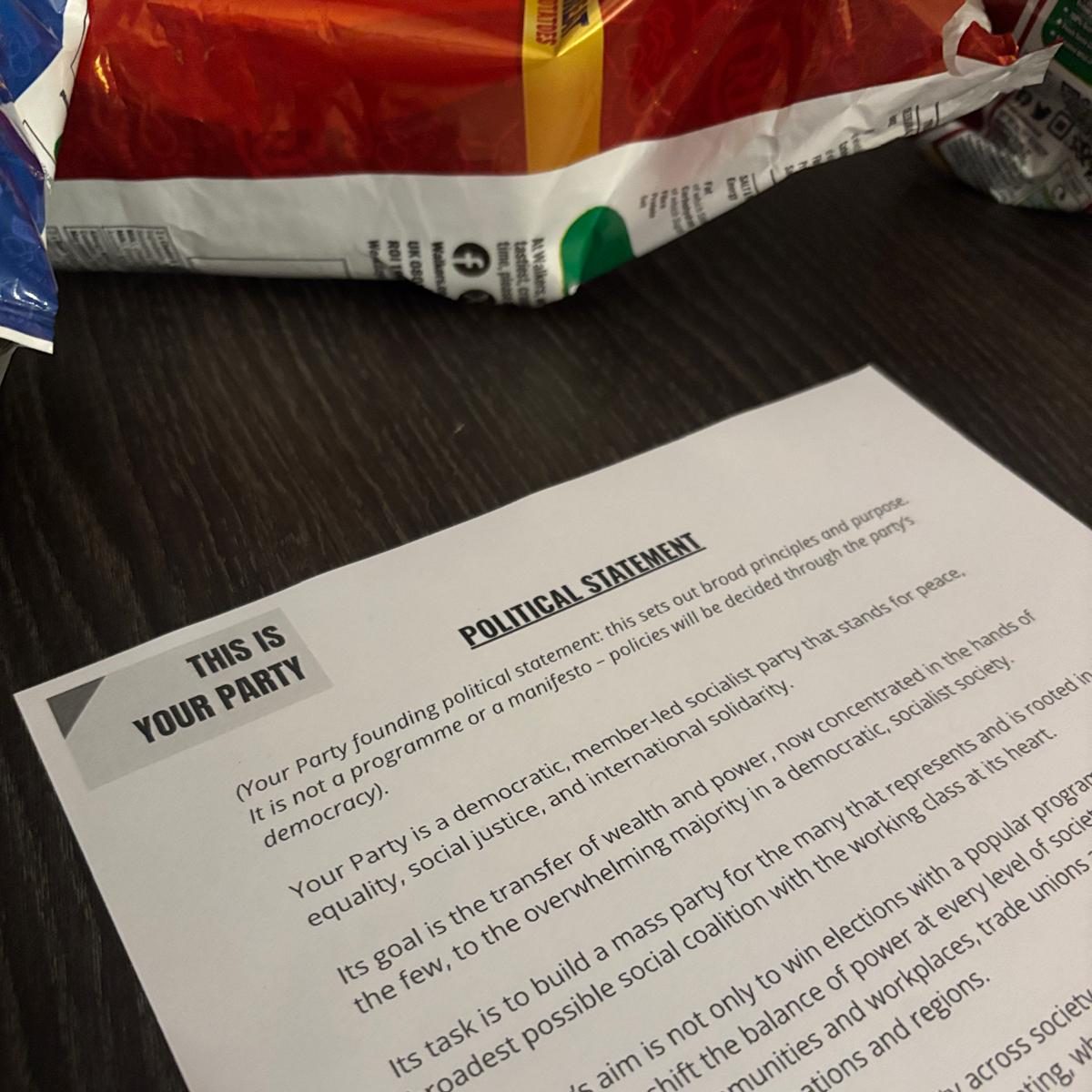At a time characterized by media convergence, where structural deregulation persists, and reporting that posits partisan opinion as fact appears normalised, the place and reliability of the media seem to be questioned by a good many. Yet amid hazy news landscapes filled with circuses, and whose ever-increasing appetite incessantly beget news where there is none, what is the hallmark of reliability? Who, or what can be trusted?
Today, the media — along with politicians and so-called experts — co-author information for the public’s consumption. However, the fourth industrial revolution has blurred the lines between producer and consumer, author and distributor, enacting a user-clientele capable of simultaneously editing and circulating. The result has been an unprecedented flow of mediated, albeit often unverified, transnational information; and as people’s perceptions of immediacy have expanded, as users have continued to understand the simultaneity of their own actions alongside those of peers both known or unknown, these flows have become increasingly difficult to untangle.
This is certainly not alleviated by a growing appetite for the superlative: for whatever the latest scoop is, whatever is new, whatever is best. And as the primary co-authors of public information, this penchant for sensationalism is dangerous, impacting not just the nature of journalism, but the way producer-consumers deliberate and consider their place within an already exclusionary public sphere. Instead of journalism existing at the outskirts of the public sphere, users’ duality is such that the two have come to overlap, the result of which has been the prevalence of certain voices over others.
The exacerbation of such rhetoric — while nothing new — has whetted our palate for the spectacular. And there are dangers inherent in dealing only in superlatives, in only ever being told where to find “The best avo toast in town,” what “The worst songs of the year” are, or is constantly being bombarded with clickbait adage the likes of “Doctors HATE him!” These types of headlines are not solely confined to would-be culture sections; they’re readily visible in hyperbolic political coverage used to stoke polarization by altering regimes of knowledge such that a beige suit has become a political scandal while school shootings have become pedestrian. In an age when anyone can be a journalist through the click of a “Post” button, discursive normalization has become all the more dangerous, whether that harkens to countless videos of passengers being dragged off aeroplanes in which depicted bystanders voyeuristically view the ordeal through their phones rather than intervene.
Amid an inundation of push notifications and Tweets — the race to break news — the tide of unverified information has continued to wax, enacting in today’s liminal user-clientele a compassion fatigue that has normalized draconian rhetoric within an ephemeral attention economy.
While audiences are not as impressionable as many deem them to be, the normalization and re-privileging of certain types of information have sewn a post-Structuralist doubt, reaping an age of uncertainty where previously widely-held truths are called into question and conspiracy is king. It is perhaps because of the destabilization of truths that so far have been accepted that we need to look, not necessarily at overt instances of shifts and wonder why they’ve happened, but instead examine everyday, mundane instances of media-related inaccuracy, both as they flow from institutions and as we produce/circulate them ourselves.
Shifts in perception don’t happen overnight. To modernize a 231-year-old question: “What is the [Fourth] Estate? Everything.” The power to record history as it is produced is not one that should be treated lightly. Yet as digital communications have evolved, this is exactly what has transpired: the means of historical production have become the metric by which history is recorded, and only the most visceral images manage to capture our collective imagination with all others fading into nonbeing. The invocation of the abbé Sieyès is not to imply that the fourth estate has historically been “Nothing,” but instead to note the dangers inherent in confusing the third and fourth estates, which has increasingly been the case in the 21st century.
People must continue to be the producers of history, just as the media must strive to reflect this social weave. But if the blurring of lines is to continue, which it surely will, we must re-evaluate our methods of consumption and acknowledge the active role users play in propagating old and creating new flows of information.




